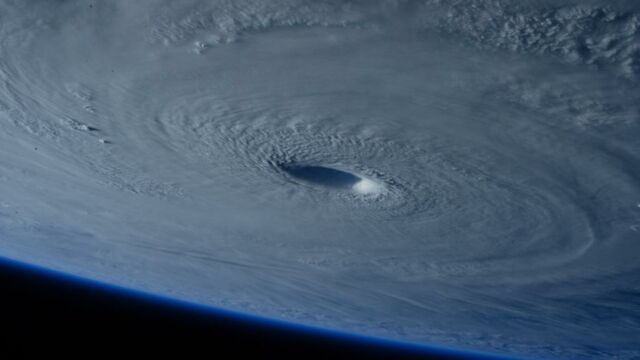An incredible sight has jus been discovered by scientists! The first ever space hurricane has been recorded over the North Pole. Researchers from China's Shandon University were the lucky first to spot the ultra-rare sighting which has since been published in the journal Nature.
Discover our latest podcast
A strange sight over the North Pole
Thanks to satellite data, the Chinese team of researchers found what looked like a massive vortex absorbing the north pole only to discover that it was actually a swirling mass of plasma over the Earth's ionosphere. This specific area of our planet is where Earth's atmosphere meets outer space.
With further research, the scientists came to the conclusion that the phenomenon was akin to the ways in which wind-based hurricanes form on Earth. The only difference being that instead of water it was electrons that this space version of a hurricane was swirling around. In a paper summarizing their findings, the team wrote:
In space, astronomers have spotted hurricanes on Mars, and Saturn, and Jupiter, which are similar to terrestrial hurricanes in the low atmosphere. There are also solar gases swirling in monstrous formations deep within the sun's atmosphere, called solar tornadoes with widths of several Earth radii (RE).
And added:
However, hurricanes have not been reported in the upper atmosphere of the planets in our heliosphere. The observations and simulations reveal that the space hurricane is generated by steady high-latitude lobe magnetic reconnection and current continuity during a several hour period of northward interplanetary magnetic field and very low solar wind density and speed.
Important for further studies on other solar systems
Scientists explained that the huge hurricane was spread out across a 1,000 km area just above the North Pole and lasted about eight hours before dissipating.
The hurricane in question was turning anticlockwise as do the hurricanes on the western hemisphere of our own planet. The team conducting the study said the process was important to find out more about the relation between interstellar winds and other solar systems in the universe.















